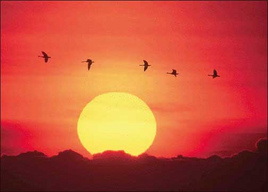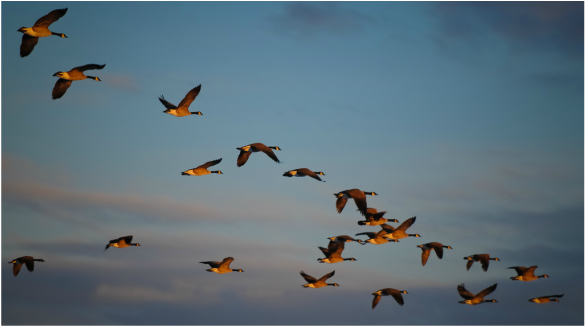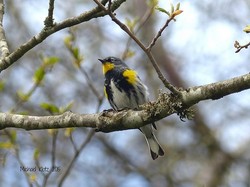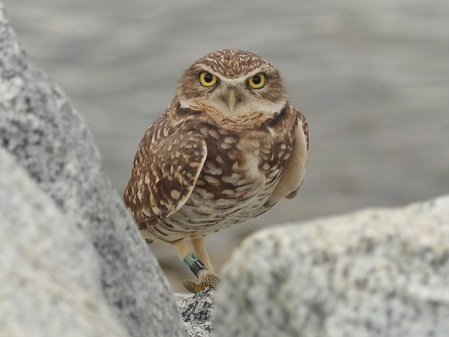The Intro
The Layovers |
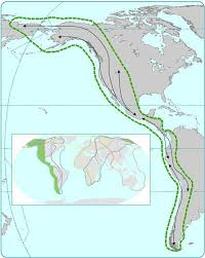
The Birds
The Tug of War
The Safekeeping |
I wanted to share a little story of the owl that proudly sits on my front page and now use as my avatar on the bird blogger. After excitedly finding and photographing the migrating Burrowing Owl, I went online and entered in the information on the bands found on this owls legs at this North American reporting site. A week later, I had a response about where this male was from. I even received a response from the bander asking where I had seen him along with some other particulars and to see the photos and video I took. There is a particular satisfaction you get from being a citizen scientist and finding out where this rare owl had been earlier in the summer and to know he had made the journey several seasons in a row. The whole experience truly amazing and I felt like I should help the organization with the good work of repopulating the once decimated Burrowing Owl population by choosing to donate some money. I would appreciate it if you would have a look at the work these folks at Burrowing Owl Conservation Society of BC are doing as well. The entire reason The Bird Blogger was brought into existance is to open a conduit to help save critical habitat for birds. After you have found a site, come back and let us know where you might be donating some hard won dollars or volunteering some time in your community!
The Finish
